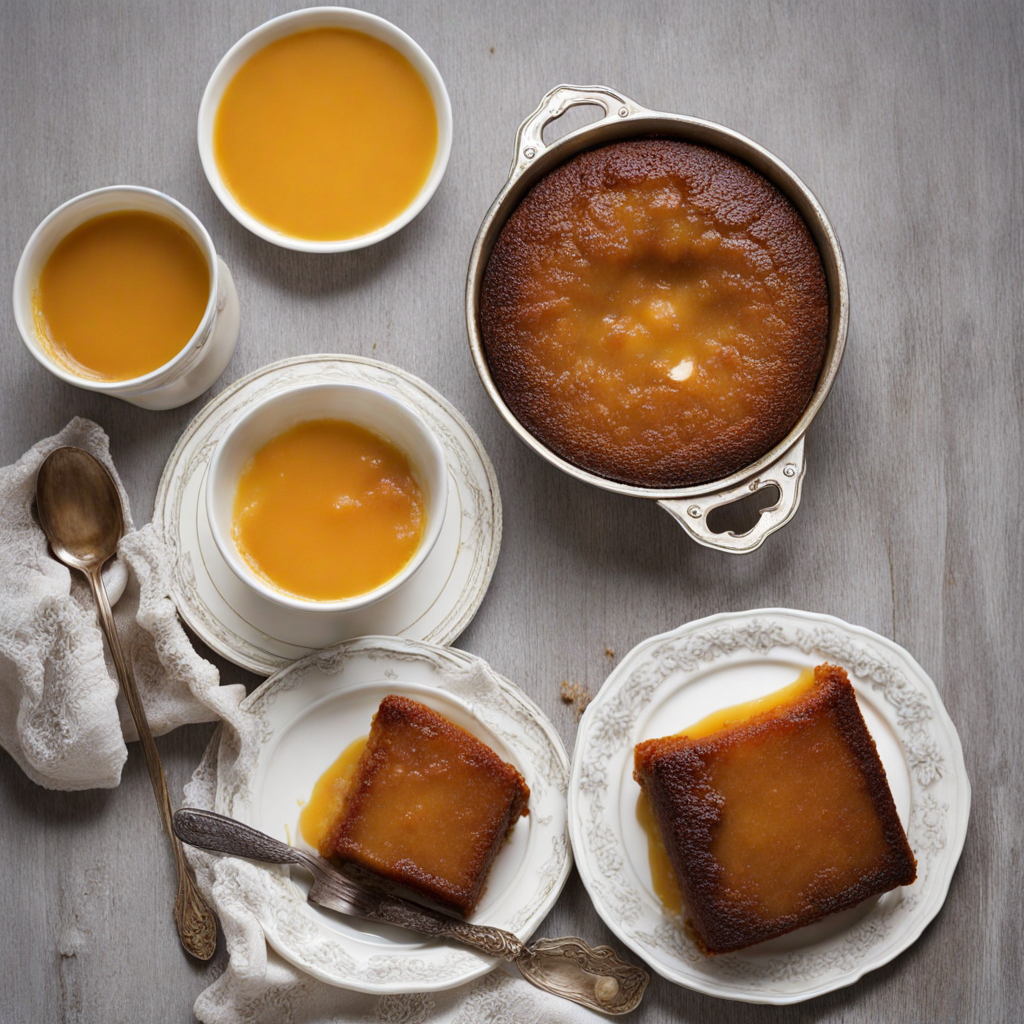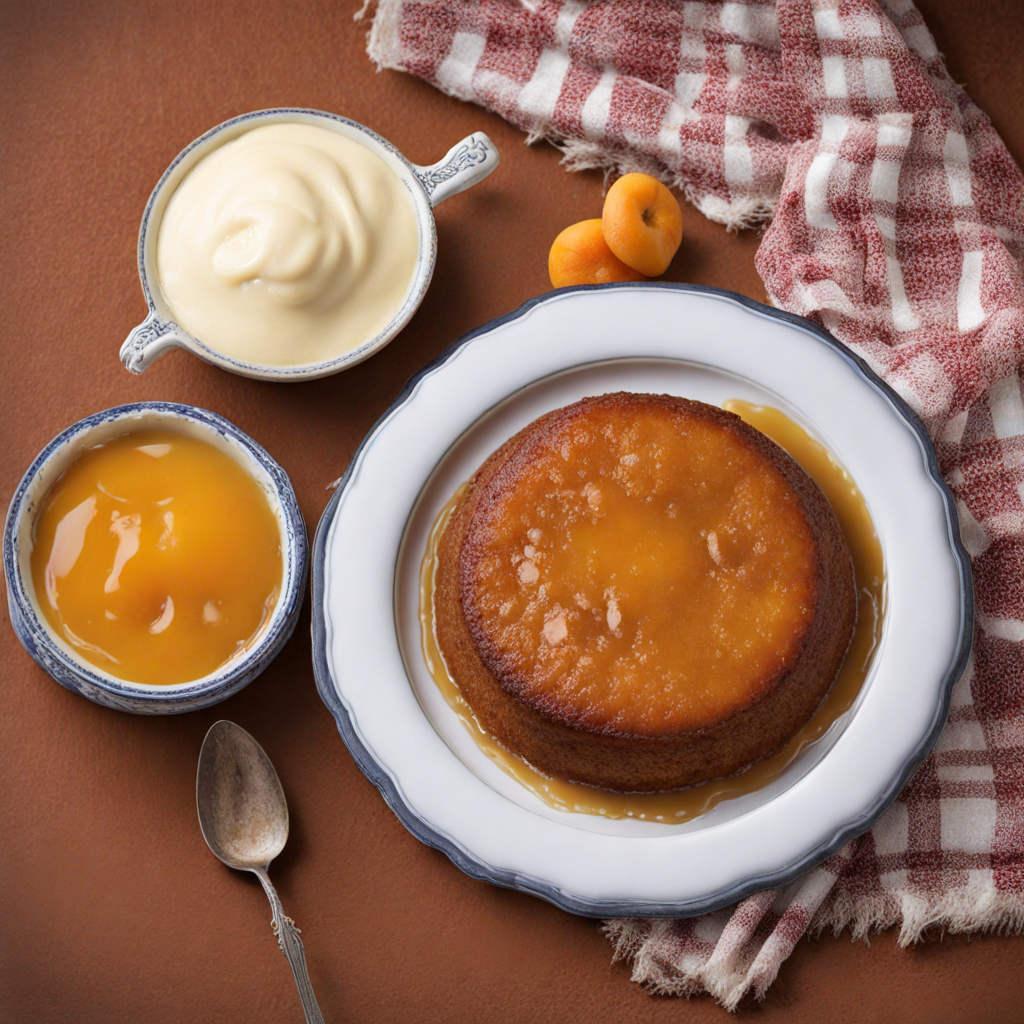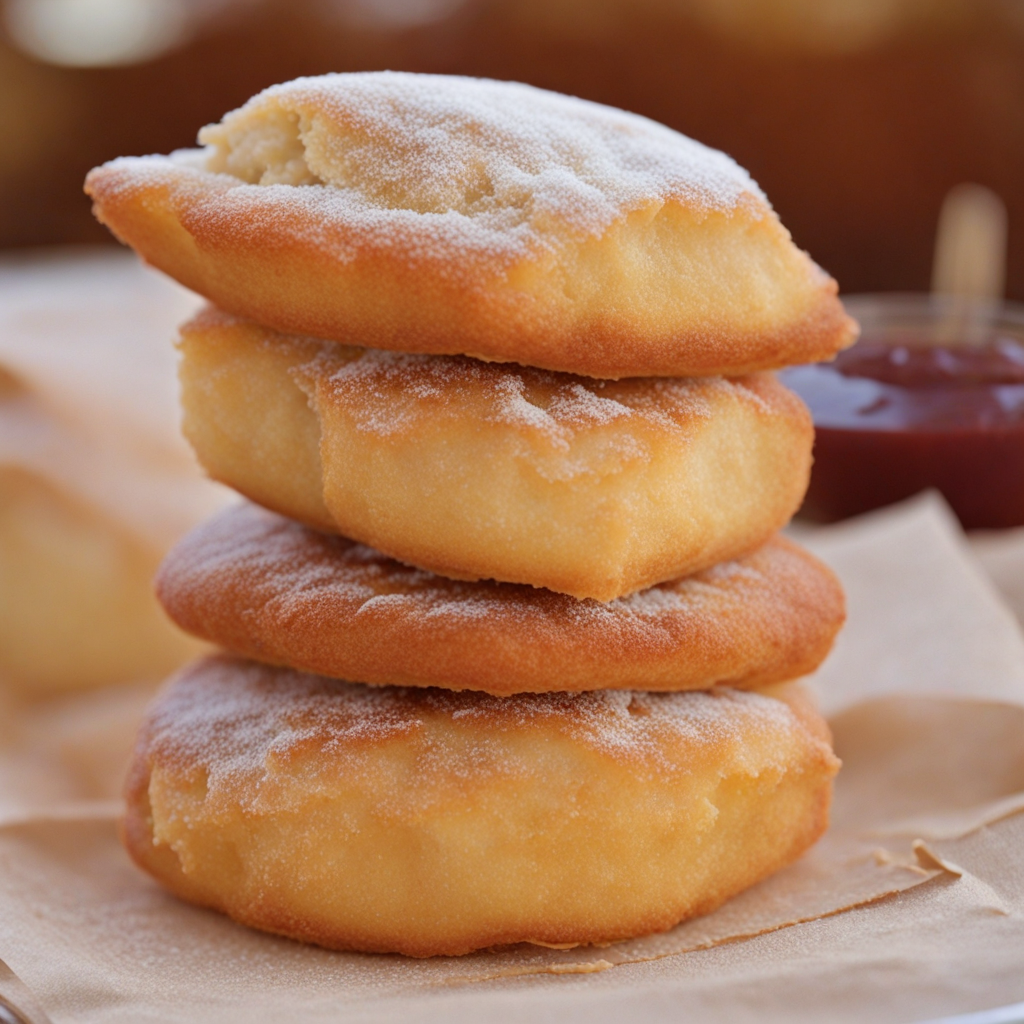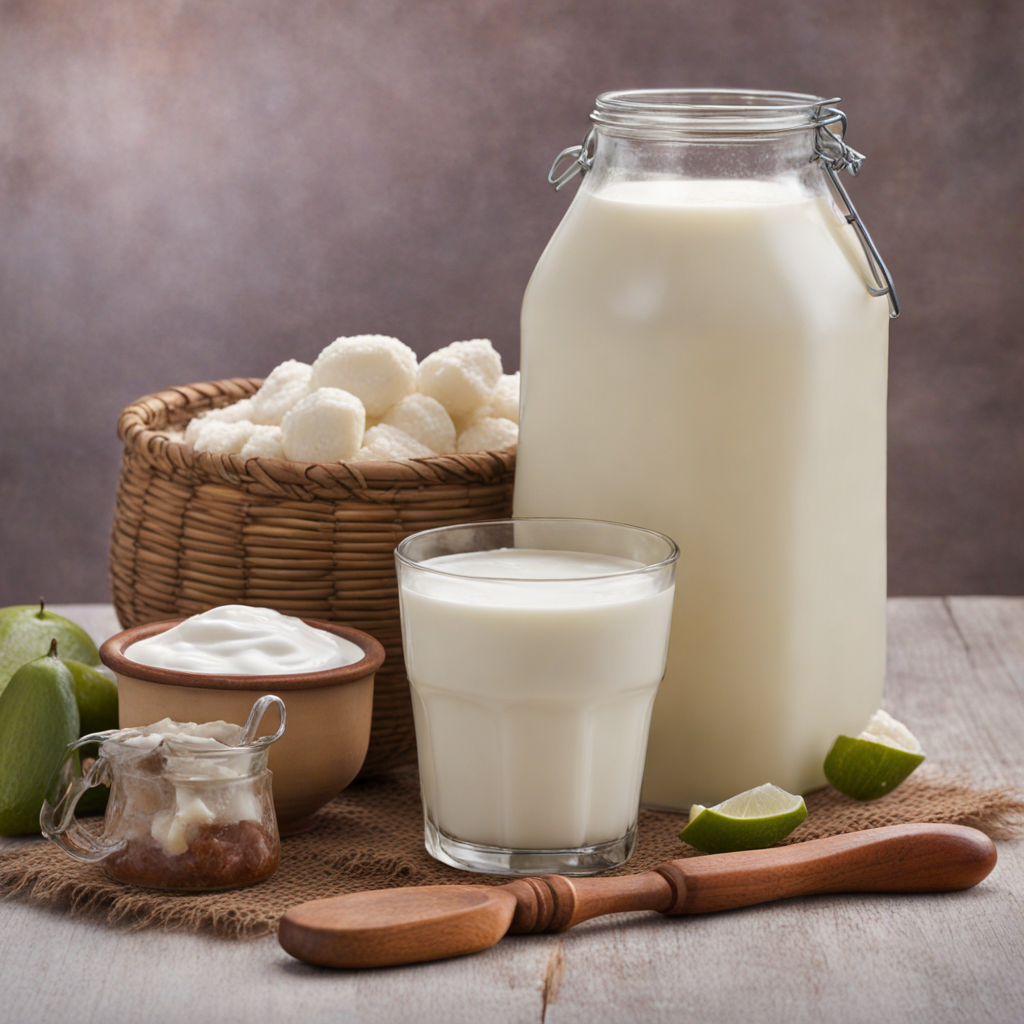Malva Pudding
Malva Pudding is a delightful dessert that hails from Namibia, characterized by its unique combination of sweet, spongy texture and rich flavors. The pudding is made primarily from simple ingredients such as flour, sugar, eggs, and apricot jam, which lend it a moist, cake-like consistency. The addition of baking soda and vinegar creates a light and airy structure, allowing the pudding to rise beautifully as it bakes, resulting in a mouthwatering treat that captures the essence of African comfort food. What truly sets Malva Pudding apart is its decadent sauce, typically made from a mixture of cream, butter, sugar, and vanilla, which is poured over the hot pudding just before serving. This sauce seeps into the sponge, creating an indulgent experience that is both sweet and buttery with a hint of caramelization. The pudding is often served warm, making it perfect for cozy gatherings or festive occasions, and is commonly accompanied by a scoop of vanilla ice cream or a dollop of whipped cream to enhance its rich flavors. As you take your first bite of Malva Pudding, you'll be greeted with a warm, inviting aroma that hints at the sweet and tangy notes from the apricot jam, balanced by the comforting taste of vanilla. The texture is soft and velvety, melting in your mouth, while the sauce adds a luscious creaminess that elevates the dish to new heights. This dessert not only offers a taste of Namibia's culinary heritage but also invites you to savor the warmth and hospitality of its culture, making it a must-try for anyone looking to discover new and exciting flavors.
How It Became This Dish
The Sweet Legacy of Malva Pudding: A Culinary Journey Through Namibia #### Origins and Early Influences Malva pudding, a rich and decadent dessert, has roots that intertwine with the cultural tapestry of Southern Africa, particularly Namibia, where it holds a special place in the hearts of many. The pudding is believed to have been influenced by the culinary traditions of the Cape Malay people, who brought their unique flavors and cooking techniques to Southern Africa during the 17th and 18th centuries, as they settled in the Cape Colony. The Cape Malay cuisine is renowned for its aromatic spices, sweet flavors, and the use of local ingredients, all of which have played a significant role in shaping the Malva pudding we know today. The name "Malva" is thought to derive from the Malva plant, which has delicate purple flowers and is often associated with sweetness and beauty. This association may reflect the pudding's inviting appearance and rich, comforting taste. The dish itself is characterized by a sponge-like texture and is typically made from a combination of flour, sugar, eggs, milk, and apricot jam, which gives it a distinctively sweet and fruity flavor. The pudding is often served warm and drenched in a creamy sauce made from butter, sugar, and cream, enhancing its indulgent nature. #### Cultural Significance In Namibia, Malva pudding transcends its role as a mere dessert; it is a symbol of hospitality and celebration. Traditionally served at gatherings, family feasts, and significant life events such as birthdays, weddings, and holidays, it embodies the warmth and generosity of Namibian culture. The act of sharing Malva pudding reflects the communal spirit of the Namibian people, where food acts as a medium for social connection and bonding. The pudding also resonates with the country's diverse cultural heritage. Namibia is home to various ethnic groups, each contributing to the nation’s culinary landscape. Malva pudding has become a beloved treat across different communities, showcasing how food can serve as a unifying force, bridging cultural divides and fostering a sense of national identity. In many households, the recipe for Malva pudding is passed down through generations, serving as a link to family history and tradition. #### Development Over Time Over the years, Malva pudding has evolved, adapting to changing tastes and ingredients while maintaining its core essence. In the early days, the pudding was primarily made with locally sourced ingredients, reflecting the agricultural practices and resources available in Namibia. The introduction of apricot jam, for instance, highlights the influence of trade and colonialism, as apricots were brought to the region by European settlers. As Namibia underwent historical changes, including its struggle for independence and the subsequent emergence of a more globalized culinary scene, Malva pudding began to incorporate modern twists. Chefs and home cooks alike started experimenting with variations, adding ingredients like coconut milk, spices such as nutmeg and cinnamon, or even chocolate, to enhance the flavor profile. These adaptations not only reflect culinary creativity but also the ongoing dialogue between tradition and innovation in Namibian cuisine. In contemporary Namibia, Malva pudding has gained recognition beyond its traditional roots and is often featured in restaurants and cafes, where chefs present it with contemporary flair. Some serve it alongside ice cream or fresh fruit, while others incorporate local ingredients like marula or baobab to celebrate the country’s rich biodiversity. The pudding has also made its way into international culinary conversations, showcasing Namibia's unique culinary heritage to the world. #### Malva Pudding in the Global Context The global culinary scene has increasingly embraced the diverse flavors of African cuisine, and Malva pudding is no exception. As food enthusiasts seek authentic and unique experiences, traditional desserts like Malva pudding have found their place on international menus, captivating diners with their delightful tastes and stories. Food festivals, cultural events, and culinary tours often highlight Malva pudding, allowing people from all walks of life to appreciate its richness and the cultural narratives it embodies. Moreover, the rise of social media has played a significant role in popularizing Malva pudding beyond Namibia. Food bloggers and influencers showcase the dish through enticing photographs and engaging stories, inspiring a new generation to explore African cuisine. These platforms provide an opportunity for culinary exchange, where recipes are shared and reimagined, further contributing to the pudding's evolution. #### Conclusion Malva pudding stands as a testament to Namibia’s rich culinary heritage and the ability of food to reflect cultural identity and history. From its origins influenced by the Cape Malay community to its status as a beloved dessert across Namibia, Malva pudding encapsulates the spirit of togetherness and celebration. As it continues to evolve and adapt, the pudding remains a symbol of hospitality, resilience, and creativity within Namibian culture. In a world where culinary traditions are often lost or diluted, the story of Malva pudding serves as a reminder of the importance of preserving and celebrating our food heritage. It invites us to gather around the table, share in the joy of good food, and honor the stories that shape our culinary landscapes. Whether enjoyed in a humble home or a fine dining establishment, Malva pudding is more than just a dessert; it is a sweet embrace of history, culture, and community.
You may like
Discover local flavors from Namibia







